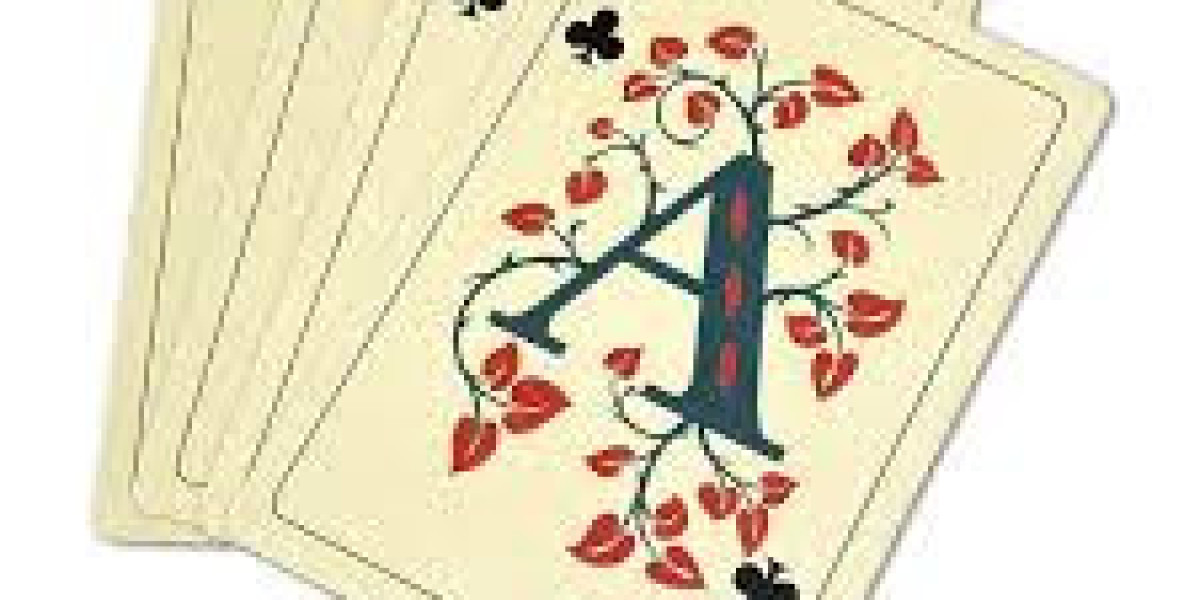Playing cards have been a timeless source of entertainment, used in games, magic tricks, and even as collectibles. While their design and artwork vary widely, one element remains consistent: the size. Knowing the playing card dimensions is essential, especially for game manufacturers, designers, magicians, or anyone curious about the precise measurements of cards they use daily. In this detailed guide, we’ll explore the standard playing card dimensions, variations across different regions, and why these measurements matter.
The Standard Playing Card Dimensions
When most people think about a deck of cards, they imagine the standard size used in popular games like Poker or Bridge. The dimensions of a playing card are generally:
2.5 inches × 3.5 inches (63 mm × 88 mm)
This is recognized worldwide as the standard playing card dimensions. Poker decks especially follow this measurement, making them the most commonly used type in casinos, tournaments, and home games.
Why Playing Card Size Matters
The dimensions of playing cards are more than just numbers; they affect gameplay, handling, and usability. A card that is too large may be difficult to shuffle, while one that is too small might not display designs clearly. Professional magicians often emphasize playing card measurements because sleight of hand requires precision. Similarly, collectors value accuracy in playing card size dimensions when comparing vintage and modern decks.
Variations in Playing Card Measurements
Although the standard playing card dimensions are universal, there are a few variations depending on the type of card deck:
1. Poker-Sized Cards
2.5 × 3.5 inches (63 × 88 mm)
This is the most widely used size and is often referred to when people ask, “What are the dimensions of a standard playing card?”
2. Bridge-Sized Cards
2.25 × 3.5 inches (57 × 88 mm)
Slightly narrower than poker cards, these are preferred for games like Bridge and Canasta, where holding more cards in hand is necessary.
3. Mini Playing Cards
Around 1.75 × 2.5 inches (44 × 64 mm)
These are used for travel sets or novelty games.
4. Jumbo Playing Cards
3.5 × 5 inches (88 × 127 mm) or larger
These oversized decks are often used for stage performances or decorative purposes.
By understanding these variations in playing card measurements, you can choose the right deck depending on your needs.
What Are the Measurements of a Playing Card?
If you’re wondering, “What are the measurements of a playing card?”, the answer depends on the type. For most gaming purposes, the 2.5 × 3.5 inches size is the go-to. But manufacturers also produce customized playing card size dimensions for specific markets, promotional events, or collector’s editions.
Materials and Thickness of Playing Cards
Beyond the dimensions of a playing card, thickness and material also impact the playing experience.
Casino-Grade Cards: Typically made with high-quality PVC or plastic-coated paper, ensuring durability.
Standard Paper Decks: Usually consist of card stock with a plastic coating.
Collector’s Editions: May use thicker stock, metallic finishes, or unique textures.
Thickness is often measured in calipers or GSM (grams per square meter), adding another layer of precision to playing card measurements.
Regional Differences in Playing Cards Dimensions
Not all countries use the same playing card dimensions. For example:
Japanese decks sometimes feature slightly smaller cards for compactness.
European decks may use regional variations depending on the traditional games played.
These regional differences explain why some people ask, “What are the dimensions of a standard playing card?” the answer might vary based on location.
Playing Card Size Dimensions in Magic and Gaming
Magicians often prefer poker-sized playing cards because their size makes sleight of hand smoother and more natural. The dimensions of playing cards affect how tricks look on stage versus close-up performances.
In gaming, bridge-sized decks are chosen for games that require holding several cards, while casinos worldwide rely on the 2.5 × 3.5 inch poker size for consistency.
Collectors and Custom Playing Card Measurements
Collectors are often particular about playing card dimensions. Authenticity can be confirmed by checking the exact dimensions of a playing card. Even slight deviations can distinguish an original vintage deck from a reproduction.
Custom decks are also popular among companies for branding and gifts. These may feature unique playing card size dimensions tailored for promotional impact.
FAQs About Playing Card Dimensions
Q1: What are the dimensions of a standard playing card?
The standard is 2.5 × 3.5 inches (63 × 88 mm), commonly called the poker size.
Q2: Are bridge cards smaller than poker cards?
Yes, bridge cards are narrower at 2.25 × 3.5 inches (57 × 88 mm), making them easier to hold in large hands of cards.
Q3: Do jumbo cards have fixed dimensions?
No, jumbo cards vary but typically measure 3.5 × 5 inches or larger.
Q4: Are mini cards just for children?
Not at all mini cards are often used for travel games or as collectibles.
Conclusion
Whether for games, magic, or collection, understanding the playing card dimensions provides clarity and helps you choose the right deck. From the universally recognized standard playing card dimensions of 2.5 × 3.5 inches to the variations like bridge, jumbo, and mini decks, these measurements play a critical role in usability and design.
So the next time someone asks, “What are the measurements of a playing card?”, you’ll know exactly how to answer. For enthusiasts, designers, or casual players, these details bring appreciation to a timeless classic.
For more in-depth guides on product dimensions and lifestyle curiosities, visit Bizz Crave bizzcrave where detailed insights make everyday knowledge easier to understand.













